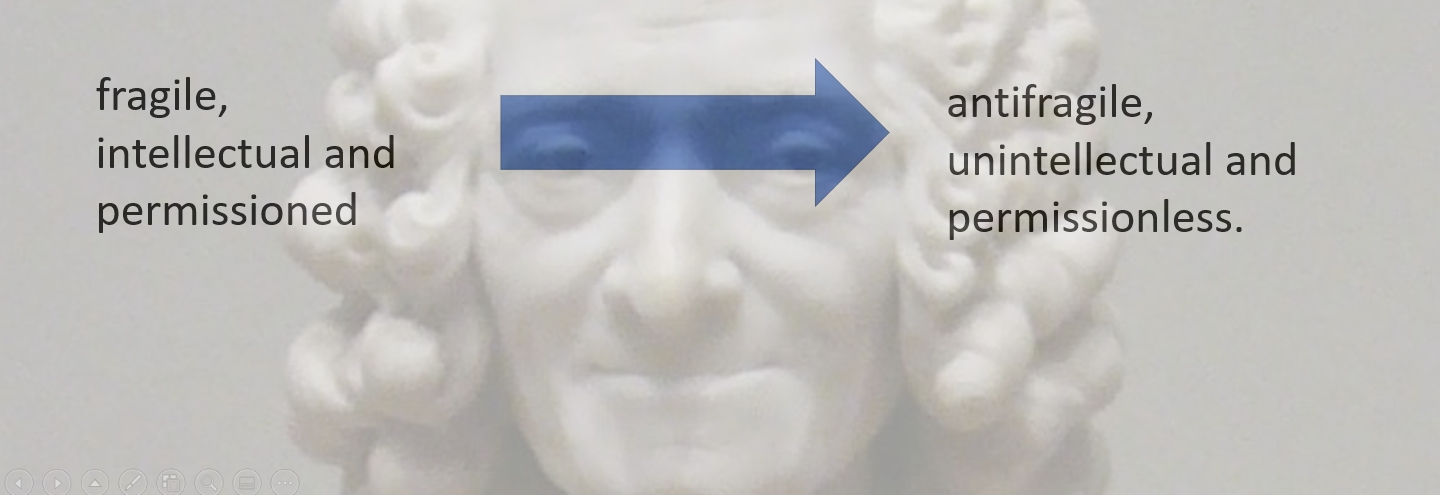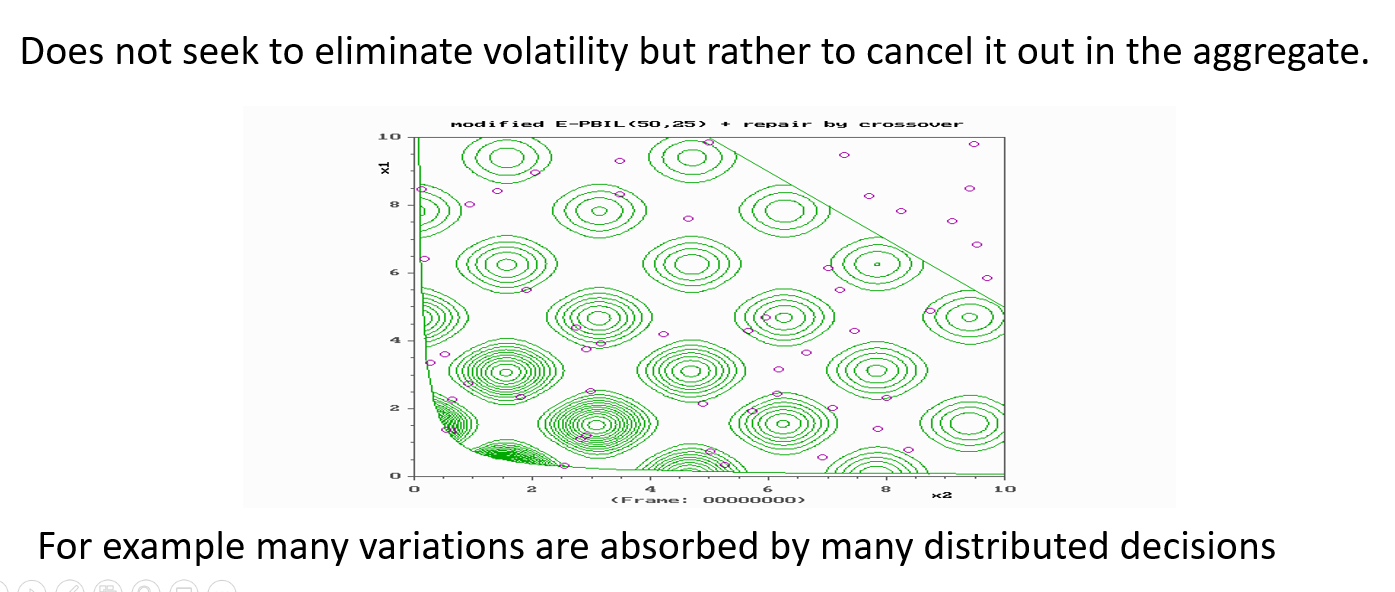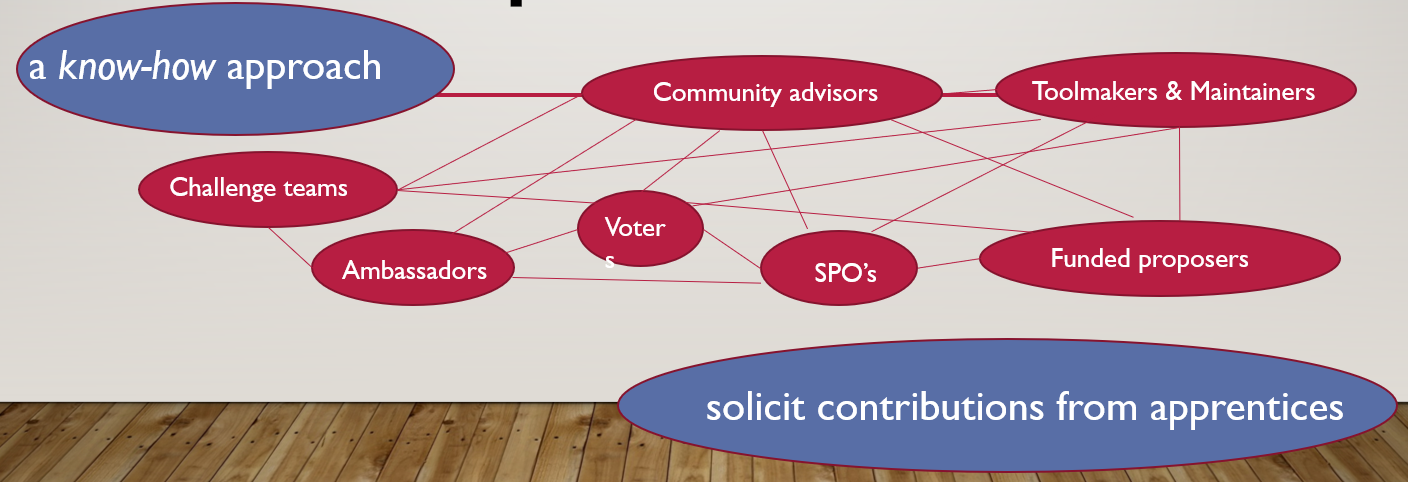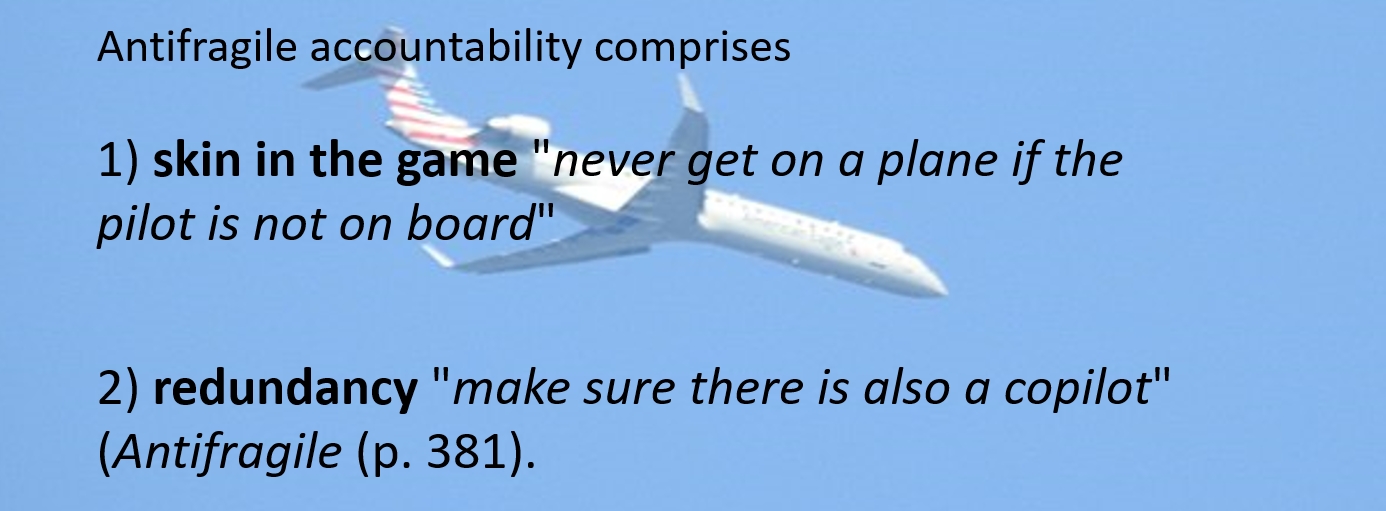Antifragile Success criteria
Analysis of Antifragile Success criteria
After Town Session, 15th December 2021
Overview
Stephen Whitenstall
Antifragile principles are already evident in the semantics of Project Catalyst from the "human sensor array" of Catalyst Circle, the emphasis on autonomy in DAOs, the implication of self-organization through swarming in Catalyst Swarm and the self-healing implicit in the "things may break" message of Town Hall.
A parallel may be drawn with the antifragile engineering approach of NASA to communal sensor network design, autonomous unmanned aerial vehicles, self-organizing and cooperate swarming systems and self-healing materials (Engineering Antifragile Systems: A Change In Design Philosophy, Kennie H. Jones, 2014, NASA Langley Research Center).
The challenge for Community Governance Oversight is how to conduct surveys, retrospectives and collate reports on changes in Catalyst governance processes according to antifragile principles.
Antifragile Principles
Dor Garbash
Antifragile Principles identified as relevant in Cataylst
The follow Antifragile principles were identified by Dor Garbash in his "The Voltaire Principles" presentation :
Decentralized custodianship over governance (no central entity controlling governance, any actor can be removed and governance still functions)
Business as usual for Cardano end-users.
Functional groups are represented: Voters, SPO’s, Toolmakers & Maintainers, Funded proposers, Community advisors, Community proposal auditors (those who audit proposal reports), Challenge teams, Ambassadors
Safe from adversarial capture.
Accountability mechanisms.
Understandable governance: Accessible and user-friendly documentation and rules.
Transparency.
Formal security and emergency mechanisms.
Legitimate community leadership.
Stable governance.
Lively - not stagnant.
Decentralized custodianship over governance
Interpretation by Stephen Whitenstall
In Antifragile, Nassim Nicholas Taleb refers to the irony of Voltaire periodically seeking refuge in Switzerland for political and financial reasons (Antifragile pg.86). Taleb suggests that the "shelter, safety and stability" of Switzerland can be attributed to its lack of a "large central government".
The Swiss model is bottom-up and municipal government by regional entities called cantons.
Taleb empathizes how Swiss governance is dictated by a bottom-up and unintellectual atmosphere. Resistant to the dominance of any single big idea and nurturing local tinkering.
This decentralized governance approach is not scalable to the size of a nation state (what Taleb refers to as "invariant under scale" - Antifragile, pg.87). There is a difference in kind between the granularity of the governance of local affairs and the abstraction of large public expenditure.
Echoing E. F. Schumacher, Taleb suggests that "Small is beautiful" (Antifragile, pg.89) in that a collection of small units is more antifragile than a large unit.
In principle the bicameral system of an IOG technical council and Catalsyt Circle represents a transition from the fragile, intellectual and permissioned to the antifragile, unintellectual and permissionless. In practice both parts of the bicameral system need to be continually assessed to identify the degree to which they meet success criteria.
Business as usual
In the context of business as usual success criteria represents some kind of stability based upon Antifragile principles. This kind of stability does not seek to eliminate volatility but rather to cancel it out in the aggregate. For example many variations are absorbed by many distributed decisions (what Taleb refers to as Mediocristan, Antifragile, pg.90).
How this success criteria will be met in practice will depend upon a kind of drip feed from a fragile centralised corporate body to antifragile decentrailsed community bodies.
Functional groups are represented
Taleb observes that the Swiss model encouraged vocational apprenticeship models. Or know-how (techne) rather than know-what (episteme)(Antifragile, pg. 90).
In the context of Cardano the representation of functional groups can be seen to follow a know-how approach where Voters, SPO’s, Toolmakers & Maintainers, Funded proposers, Community advisors, Community proposal auditors, Challenge teams and Ambassadors all solicit contributions from apprentices.
Safe from adversarial capture
An Antifragile approach to adversarial capture takes a fault tolerant approach to problems of consensus in a distributed system.
What is consensus in a distributed system of oversight ?
One example of a fault tolerant approach to the Cardano blockchain is the Ouroboros protocol (see Ouroboros-BFT, Aggelos Kiayias,Alexander Russell, 2018).
Accountability mechanisms
Antifragile success criteria for accountability mechanisms should resolve asymmetries of exposure to volatility, variations, disorder and downsides by ensuring skin in the game (Antifragile, pg. 5).
In short someone should not be able to become Antifragile at the expense of others.
Taleb cites the extreme example of Hammurabi’s code that establishes a symmetry of fragility. "If a builder builds a house and the house collapses and causes the death of the owner of the house - the builder shall be put to death." (Antifragile, pg. 380-381).
Antifragile accountability comprises 1) skin in the game "never get on a plane if the pilot is not on board" and 2) redundancy "make sure there is also a copilot" (Antifragile (p. 381).
Understandable governance
Understandable governance
Transparency
Transparency
Formal security and emergency mechanisms
Formal security and emergency mechanisms
Legitimate community leadership.
Legitimate community leadership.
Stable governance.
Stable governance.
Lively - not stagnant.
Lively - not stagnant.
Last updated




